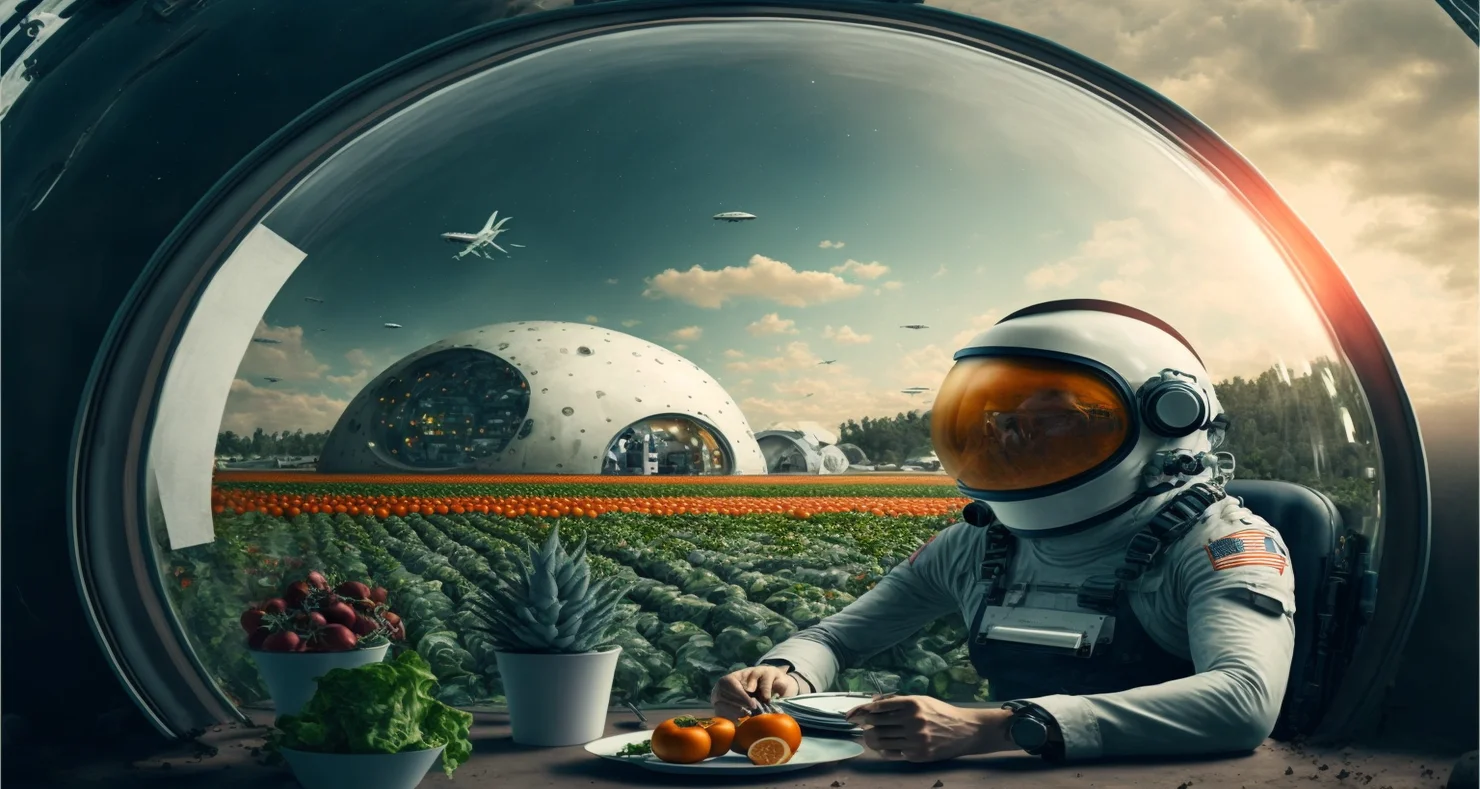As the global population continues to grow, the future of food faces significant challenges. Traditional methods of agriculture are straining natural resources, leading to concerns about food security, environmental impact, and animal welfare. To address these issues, researchers and innovators are exploring alternative protein sources and sustainable agricultural practices that have the potential to revolutionize the way we produce and consume food.
As the world’s population and food consumption rise, it is more important than ever to find sustainable ways to fulfill our nutritional needs. The subject of alternative protein sources is one with a lot of potential. Traditional animal-based protein has long been a component of our diets, but it has several drawbacks. Because of the negative effects animal production has on the environment and because there are moral and health concerns, researchers and developers are exploring alternative protein sources.
Table of Contents
Alternative Protein Sources
One of the most promising developments in the future of food is the emergence of alternative protein sources. As the demand for animal-based protein increases, so does the environmental impact of conventional livestock farming. Alternative proteins, such as plant-based proteins and lab-grown meat (cell-based or cultured meat), offer a more sustainable and ethical solution. Plant-based proteins, derived from sources like soy, pea, and chickpeas, are gaining popularity due to their lower greenhouse gas emissions, reduced land and water usage, and absence of animal cruelty. These products are becoming increasingly accessible and palatable, appealing to a growing number of consumers concerned about the environmental and ethical implications of conventional animal agriculture.
- Lab-grown meat, on the other hand, involves cultivating animal cells in a controlled environment to produce meat without the need for raising and slaughtering animals. This technology has the potential to significantly reduce the environmental footprint of meat production, as it requires fewer resources and generates fewer greenhouse gas emissions compared to traditional livestock farming.
Vertical Farming and Controlled Environment Agriculture
As urbanization accelerates and available agricultural land decreases, vertical farming and controlled environment agriculture (CEA) are gaining traction as viable solutions. Vertical farms are indoor facilities where crops are grown in stacked layers, utilizing artificial lighting and climate control to optimize growth conditions. This approach reduces the need for vast expanses of arable land and can be implemented in urban areas, bringing food production closer to consumers and minimizing transportation costs. Controlled environment agriculture encompasses various technologies, including hydroponics and aquaponics, where plants are grown in nutrient-rich water without soil. These methods use significantly less water than conventional agriculture and enable year-round cultivation, ensuring a more stable and reliable food supply.
Precision Farming and AI
The future of sustainable agriculture relies on leveraging technology to maximize efficiency and minimize waste. Precision farming, enabled by the Internet of Things (IoT) and artificial intelligence (AI), involves using sensors, drones, and data analytics to monitor and optimize crop growth. By precisely delivering water, fertilizers, and pesticides only where and when needed, farmers can reduce resource usage, enhance yields, and mitigate environmental impact. AI-powered predictive analytics can also assist in optimizing planting schedules, predicting crop diseases, and adapting farming practices to changing climate conditions. This data-driven approach empowers farmers to make more informed decisions, ensuring more sustainable and resilient agricultural practices.
Circular Food Systems
A circular food system aims to minimize waste and create a closed-loop approach to food production. This involves using food waste as inputs for other processes, such as converting organic waste into compost or using it for energy production. Circular systems also prioritize regenerative agriculture, focusing on soil health and biodiversity to enhance the overall resilience of ecosystems and improve long-term sustainability.
Overcoming the forthcoming challenge
We firmly think that by 2050, it will be able to sustainably feed the whole world’s population.While protein advances are novel and exciting, we understand that to close the protein gap and move the food system towards more sustainable production, a significant systemic shift is required.We are assisting this process in a variety of ways, including by assisting in the development of supply chains that are more traceable, transparent, and sustainable and by giving farmers the tools they need to use technology and more environmentally friendly farming practices to increase productivity. We do this because we understand that there is no one-size-fits-all solution.
The future of food holds tremendous potential for positive transformation, driven by innovative solutions and sustainable practices. Alternative protein sources, such as plant-based proteins and lab-grown meat, offer more ethical and environmentally friendly alternatives to conventional animal agriculture. Vertical farming, controlled environment agriculture, and precision farming technologies enable more efficient use of resources and reduce the environmental impact of food production. Additionally, circular food systems promote waste reduction and regenerative practices to create a more sustainable and resilient food supply chain.
To successfully shape the future of food, collaboration between policymakers, researchers, businesses, and consumers is essential. Embracing these innovative approaches to food production and consumption will not only address the challenges of food security and environmental sustainability but also pave the way for a more ethical, nutritious, and equitable food system for generations to come.
